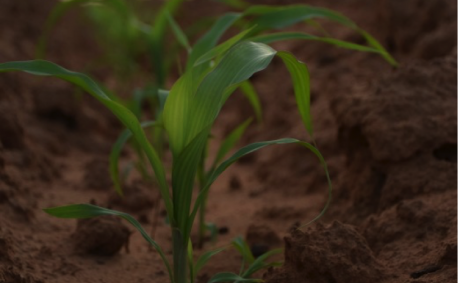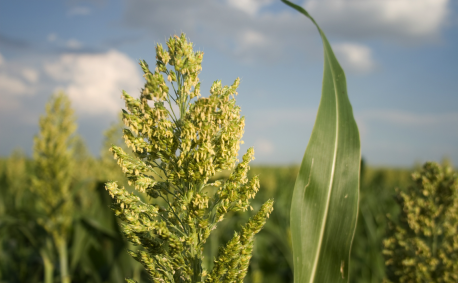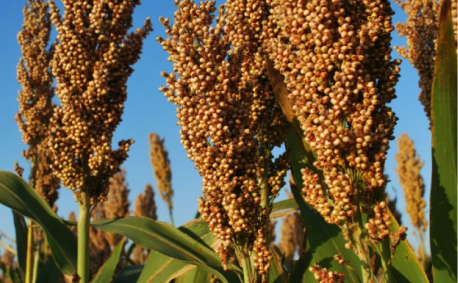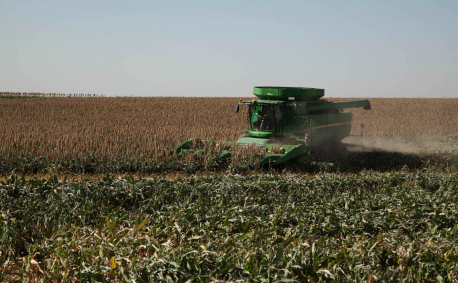The History of Sorghum
Sorghum is considered an ancient grain. The earliest known records of sorghum were found at an archaeological dig in northeastern Africa near the Egyptian-Sudanese border and date back to 8000 B.C.
Sorghum grows well even in arid climates, which is probably why it spread across Africa. From there, sorghum made its way to India and China before landing in Australia.
The first known record of sorghum in the United States comes from Benjamin Franklin. He wrote about sorghum being used to make brooms back in 1757. Since then, sorghum has planted roots in many states, including Kansas. The “Sorghum Belt” runs from Texas to South Dakota.
In the 1960s, sorghum production in the U.S. was threatened by downy mildew, anthracnose, and greenbug. Fortunately, scientists and growers were able to develop and introduce hybrids resistant to these threats and the plant survived.
Today, there are four main types of sorghum:
- Grain
- Forage
- Sweet
- Biomass
Kansas is the largest producer of grain sorghum in the United States. Sorghum is used as feed for livestock, in ethanol production, and as a healthy food for people.
Sorghum's Growing Cycle
Here’s a look at the growing cycle of grain sorghum. Click the photos below for more information on each cycle.






